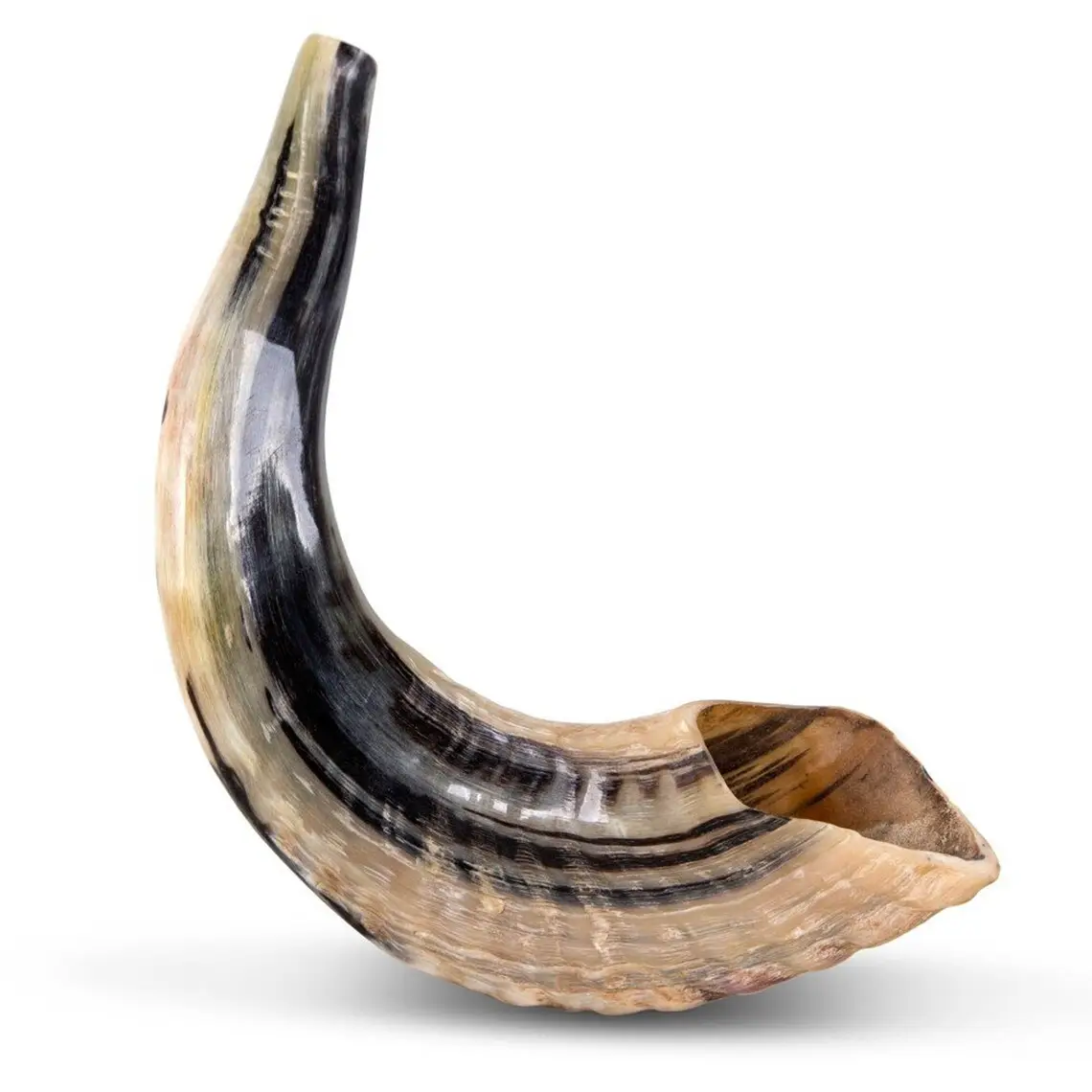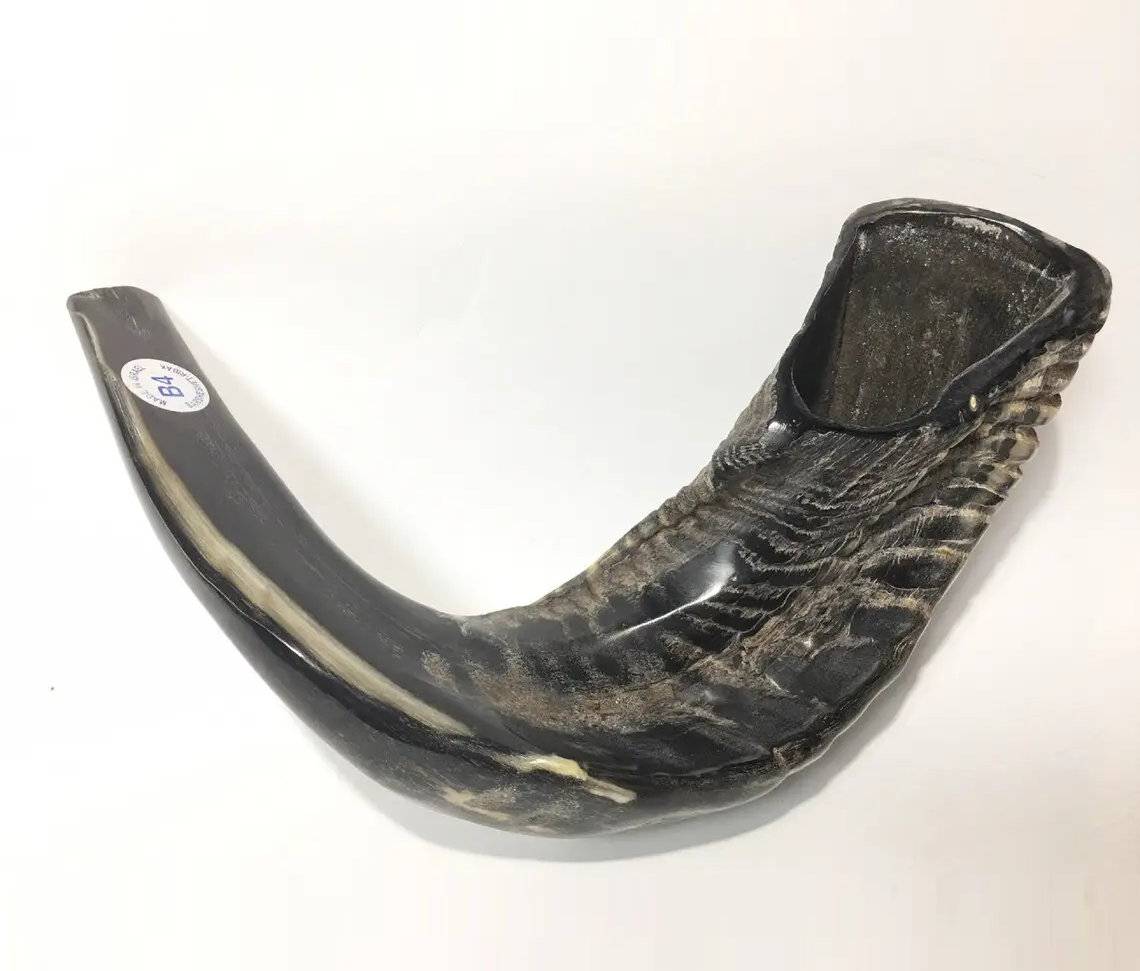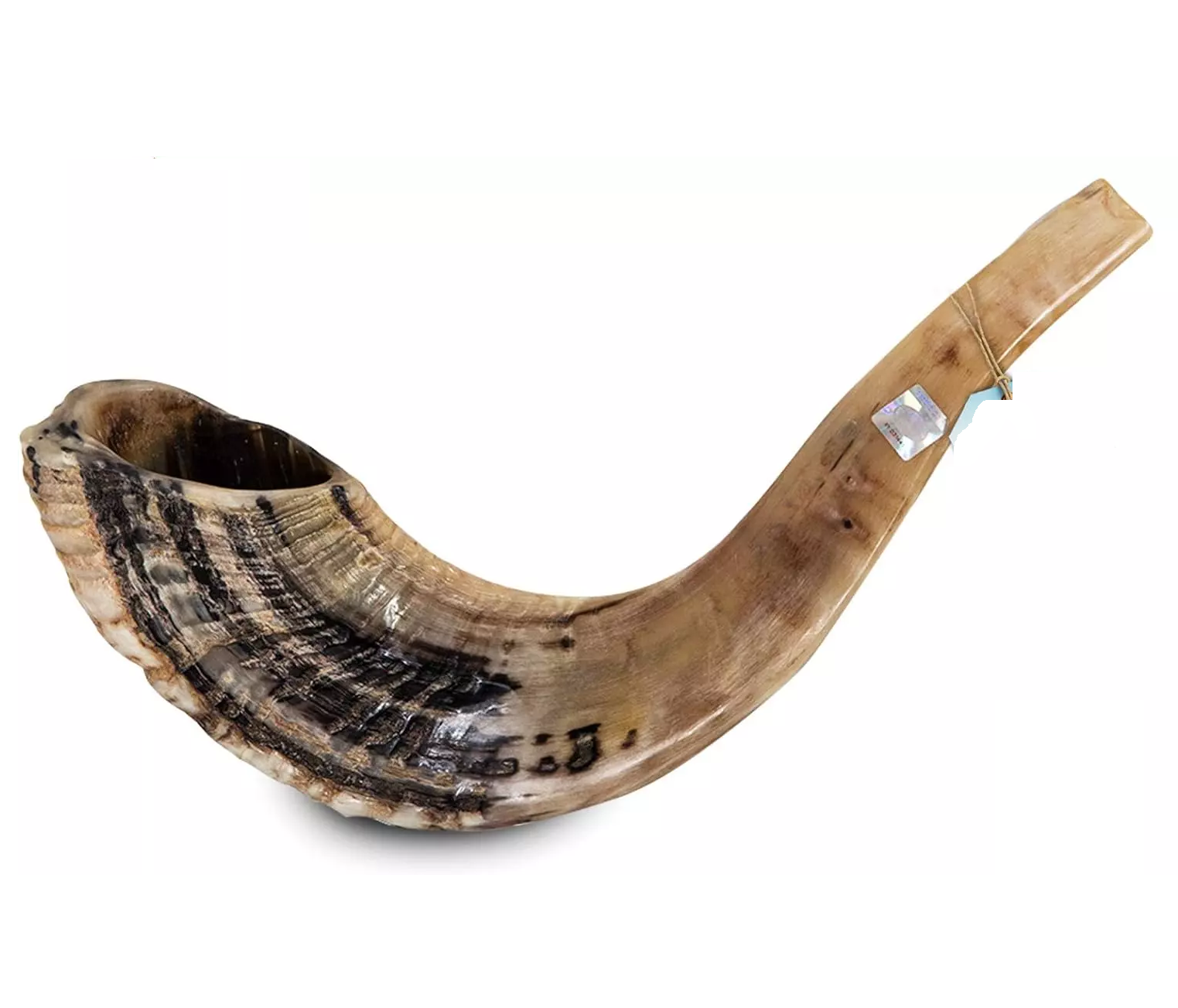Shofar
Woodwinds
Middle East
Between 0 and 1000 AD
Video
The shofar is a unique and ancient musical instrument made from the horn of a ram or another kosher animal. Unlike brass or woodwind instruments, the shofar lacks valves or reeds and relies solely on the player’s embouchure and breath control to produce sound. It is most commonly associated with Jewish religious ceremonies and has been in continuous use for thousands of years. The instrument’s natural, curved shape and rich, resonant tones give it a distinctive presence, making it a crucial element in both spiritual and historical contexts.
Type of Instrument
The shofar is classified as an aerophone, a type of wind instrument that produces sound through the vibration of air without the use of strings or membranes. It falls under the category of natural horns, as it lacks mechanical elements such as finger holes or valves that alter pitch. The sound of the shofar is entirely dependent on the player’s skill in controlling air pressure, embouchure, and lip tension.
History
The shofar has an extensive and rich history that spans several continents and centuries. Its earliest known use dates back to the ancient Middle East, specifically in the region encompassing the levantine, and surrounding areas. The instrument is referenced multiple times in biblical texts, indicating its presence in Jewish religious practices as far back as the first millennium BCE.
Throughout history, the shofar has been used for various purposes beyond religious rituals, including military signaling, communication, and the coronation of kings. In ancient levantine, it served as an alarm to warn of impending danger and as a call to battle. By the medieval period, the use of the shofar became more strictly religious, particularly in Jewish communities throughout Europe, North Africa, and the Middle East. Today, the shofar remains a vital component of Jewish religious observance and is still widely used during specific holidays and ceremonies.
Construction
The shofar is crafted from the horn of a kosher animal, most commonly a ram, but it can also be made from the horns of other animals such as antelopes and goats. The process of making a shofar begins by selecting a suitable horn, which is then cleaned and hollowed out. The horn’s natural keratin is softened through heating, allowing artisans to shape it into the desired form without compromising its structural integrity.
Once shaped, the tip of the horn is cut to form a mouthpiece. The interior of the horn is smoothed to facilitate airflow, but no additional modifications, such as drilling finger holes or adding valves, are made. Each shofar is unique in size, shape, and tonal quality due to the natural variation in animal horns.
Types of Shofars
There are several types of shofars, each with distinct characteristics:
Ram’s Horn Shofar – The most common and traditional type, typically short and spiraled. It produces a rich, deep tone.
Kudu Horn Shofar (Yemenite Shofar) – Made from the horn of the kudu, a type of African antelope, this shofar is longer and more curved than the ram’s horn variety. It produces a wider range of tones and is often associated with Yemenite Jewish traditions.
Ibex Horn Shofar – Less common and characterized by its twisting shape and sharp, clear tones.
Oryx Horn Shofar – Made from the horn of the oryx, a desert-dwelling antelope. It is rare and used primarily in select communities.
Characteristics
The shofar has several defining characteristics that set it apart from other wind instruments:
Natural Composition – Unlike metal or wooden instruments, the shofar is entirely organic, crafted from an animal horn.
Unique Shape – No two shofars are identical, as they retain the natural form of the original horn.
Raw, Powerful Sound – The shofar produces a raw, evocative sound that can be haunting, piercing, or deeply resonant depending on the player’s skill.
Non-Musical Applications – Unlike most instruments used for entertainment or artistic expression, the shofar is predominantly a ceremonial and religious tool.
Sound Production
The sound of the shofar is produced through the vibration of the player’s lips against the mouthpiece, similar to brass instruments like the trumpet. However, since the shofar lacks valves or slides, pitch control relies entirely on the player’s embouchure and breath control.
A skilled player can manipulate the airflow and lip tension to produce different notes, though the range is typically limited to a few pitches. The resulting sound can be loud and piercing or soft and mournful, depending on the context in which it is played.
Playing Methods
Playing the shofar requires proper technique and breath control. The steps to play the instrument effectively include:
Positioning the Mouthpiece – The player places the narrow end of the horn against their lips, ensuring a firm seal.
Lip Vibration – By tightening and relaxing the lips, the player creates vibrations that generate sound.
Breath Control – Deep, controlled breaths help sustain notes and achieve clarity in tone.
Articulating Different Calls – Various blowing patterns are used in religious ceremonies, such as:
-
- Tekiah – A single, long blast
- Shevarim – Three short, wailing blasts
- Teruah – A series of nine rapid, staccato blasts
- Tekiah Gedolah – A long, extended blast, often held as long as possible
Roles in Music
Although the shofar is primarily a ceremonial instrument, it has influenced various musical traditions. Some contemporary musicians incorporate the shofar into compositions for dramatic effect, blending it with orchestral or electronic music. It has also appeared in experimental and world music settings, where its raw, primal sound adds depth and uniqueness to performances.
Cultural Significance
The shofar holds deep cultural and religious significance, particularly in Jewish traditions. It is most prominently used during Rosh Hashanah (the Jewish New Year) and Yom Kippur (the Day of Atonement). The sounding of the shofar during these holidays serves as a spiritual wake-up call, urging reflection, repentance, and renewal.
In addition to religious observances, the shofar has historical and symbolic meanings. It has been used to mark significant events, such as the return of the Jewish people to the land of Israel and the proclamation of independence. In modern times, the shofar continues to be a symbol of Jewish identity, resilience, and divine connection.
The shofar is a timeless instrument with profound religious, historical, and cultural importance. Its ancient origins, natural construction, and powerful sound make it a distinctive and enduring symbol. While it may not be a conventional musical instrument in the modern sense, its role in spiritual practices and its evocative sonic qualities ensure that it remains relevant and respected across generations. Whether sounded in a synagogue, at a historical event, or in contemporary musical compositions, the shofar continues to captivate and inspire those who hear its call.
FAQ
What is the Shofar made of?
The Shofar is made from the horn of a kosher animal, typically a ram. The horn is hollowed out and polished to produce a resonant sound. The process avoids the use of non-kosher materials. The shape and size vary based on the animal used.
Who traditionally uses the Shofar?
The Shofar is primarily used by Jewish religious leaders and congregants. It is traditionally blown in synagogues during Rosh Hashanah and Yom Kippur. Some individuals also practice it for personal or cultural reasons. Its use requires skill to produce the correct sounds.
What is the Shofar used for?
The Shofar is used in Jewish religious ceremonies, particularly on Rosh Hashanah and Yom Kippur. It serves as a call to prayer, repentance, and spiritual awakening. Historically, it was also used in biblical times for battle signals. Its sounds carry deep symbolic meanings.
 Links
Links
References
Other Instrument
Categories




















